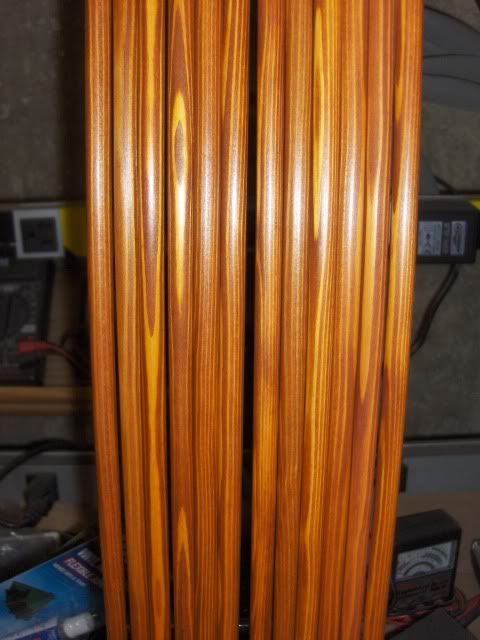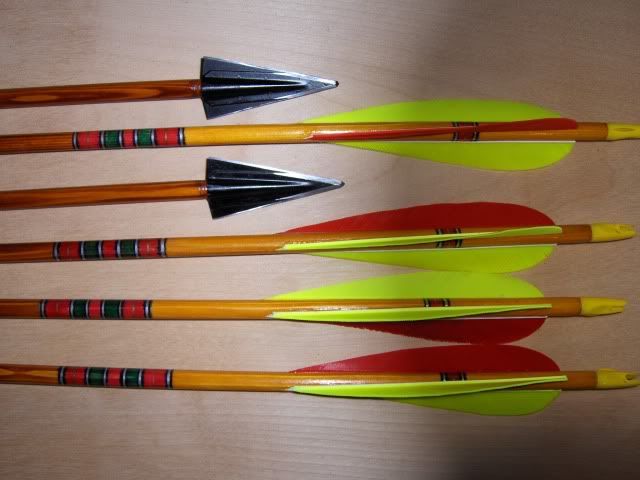That is a great way to make wooden "DOWELS", but not too smart for making straight grained Hickory rods. That means NO RUN-OUT of the grain.
My late friend used a "drill plate", basically a piece of soft steel, into which he drilled, and then countersank holes. However, for working down ramrods, he had a "V-SHAPED " notch cut to the side of the barrel, with a round bottom, about 1/4" in diameter. He used files to bevel the sides of the widening arms of the "V". He had a couple of Notches, of different sizes, so that he could work on raw sticks as large as 3/4" on down to 3/8". To round them, he pulled the sticks through the notch, putting a little downward pressure on the sticks to insure the wood was cut. With the "V", he was obviously removing wood from two sides with each stroke. He rotated the sticks for each stroke, keeping the stick centered, while he kept his eye on the grain of the wood.
This is basically the concept of using a carving horse, and either a draw plane, or spokes shave to make round sticks out of square ones, except he is pulling the wood through a stationary cutter, rather than trying to control the cutter in his hands on stationary wood.
He used this tool plate to taper a hickory rod on my rifle, and he stayed within the line of the grain right down through the taper. If you want to make pegs, for holding wood together, a drill plate like his, with the countersunk holes, can be used by hammering short sticks through those holes.
This kind of thing was done by early settlers making 1" pegs to hold up the rafters and beams of barns. If they didn't have an iron plate, they would use the toughest wood they could find, and simply replace that piece of wood when it wore out with another one. The pegs were not made of hard wood, as they didn't carry weight. That was done with tongue and grooves cut into the beams. The pegs kept the tongues in the grooves.






